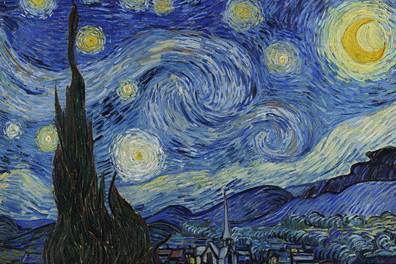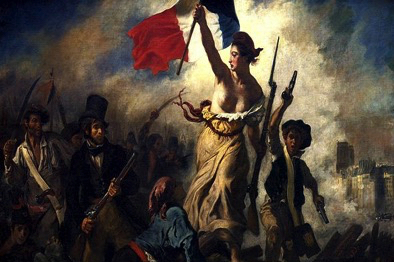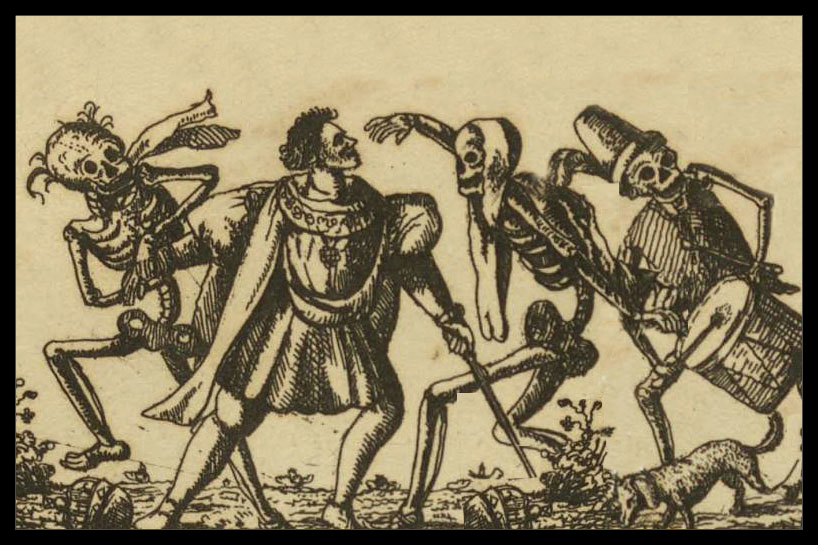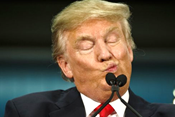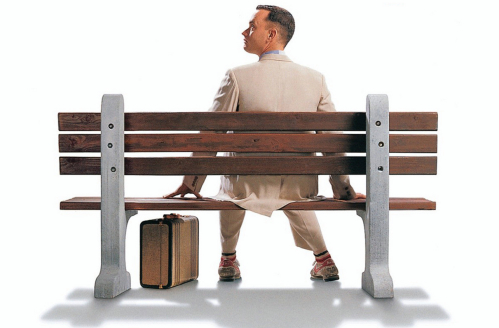But First, the Background
I know; Halloween was yesterday. So, why didn’t I post this essay before Halloween when all the ghosts and goblins were around? There are several reasons. I wanted A Saint and a Sinner up the day before Halloween. Also, as we put away our Halloween decorations and eat the leftovers of our trick-or-treat candy, we have the time to ponder. Who was the Headless Horseman in The Legend of Sleepy Hollow?
Washington Irving’s short story in 1820 is about the small village of Sleepy Hollow. The locals, around Halloween, would retell the story of the Headless Horseman. Since the village consisted mostly of Dutch or German immigrants, the story was about a Hessian soldier. The British army often hired Hessian soldiers to supplement their army during the American Revolution. This unfortunate Hessian had a cannonball blow off his head during the Battle of White Plains, which was not far from Sleepy Hollow. Around Halloween, the decapitated Hessian soldier would ride around looking for his head so that he could rest in peace with all the pieces of his body.
That’s the backstory. The Legend of Sleepy Hollow is about a trilogy of main characters: Ichabod Crane, Abraham Van Brunt (his nickname was Brom Bones), and Katrina Van Tassel. Both Crane and Van Brunt were romantically interested in Katrina Van Tassel.
Ichabod Crane was a tall, gangly schoolteacher who wasn’t from Sleepy Hollow. He fell in love with Katrina.

Ichabod Crane was a poor schoolteacher from Connecticut who came to Sleepy Hollow. He was tall and gangly with big shoes and narrow shoulders. Crane also taught some of his students how to sing for extra money. However, his looks and being a foreigner were two strikes against him.
Abraham Van Brunt and Ichabod Crane were polar opposites. Van Brunt saw himself as strong, good-looking, and a man about town.
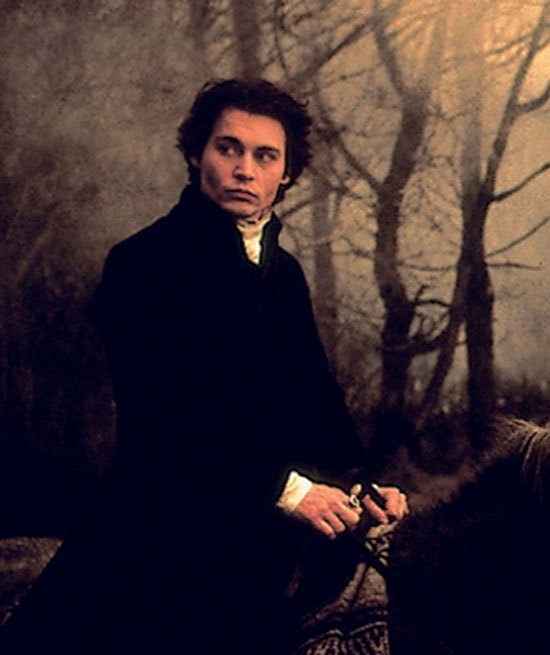
Katrina Van Tassel was young, beautiful, and the daughter of a wealthy landowner. Both Crane and Van Brunt had their eyes on Katrina.
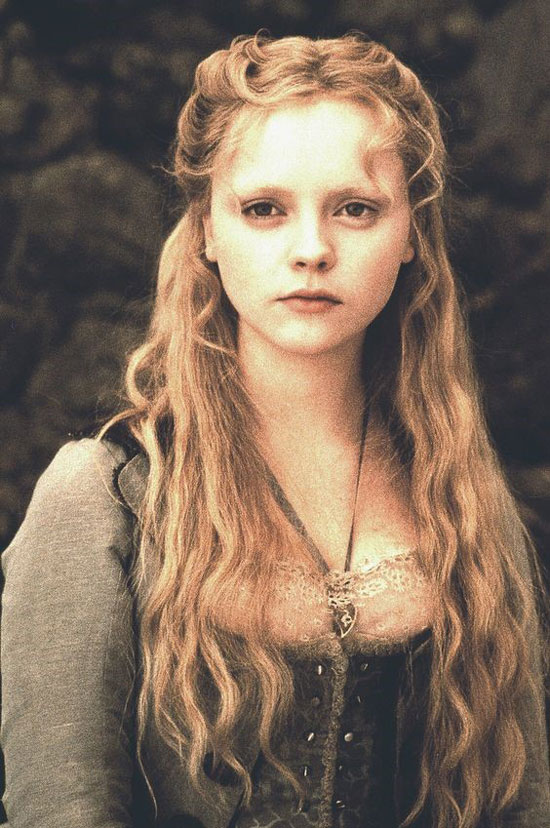
Irving’s story used this lovers’ triangle as the central plot of The Legend of Sleepy Hollow. Crane was timid and couldn’t challenge Van Brunt’s approaches to Katrina. Therefore, he started to teach Katrina how to sing, which infuriated Van Brunt. In retaliation for Crane’s time with Katrina, he messed up the schoolhouse where Crane taught and would howl like some wolf while Crane was teaching Katrina.
Katrina’s father had a banquet for many of the village, including the two would-be suitors of his daughter. Crane gets all dressed up as much as he can and borrows an old horse to arrive in style. Van Brunt rode his horse, Daredevil. Crane winds up dancing with Katrina, which rattles Van Brunt even more.
Crane leaves the party unsure about his chances with Katrina. As he rides toward his home, he hears someone on horseback following him. It was the Headless Horseman.
The Headless Horseman threw a pumpkin at Crane and knocked him off his horse. The next day, Crane’s borrowed horse wandered back to his owner. Searchers found the smashed pumpkin, but no one saw Crane ever again.
What is fascinating about the Headless Horseman is that Irving wants his readers to develop their own ideas about who the Headless Horseman was. As we remember Halloween this year, I suggest that the Headless Horseman today is Donald the Dumb. Do you want some proof?
- Trump’s grandfather came to America in 1885 to avoid being drafted into the German army. His father claimed that the family was Swedish due to WWII and the anti-German sentiment in America. In The Art of the Deal, Trump said his grandfather came to America “from Sweden as a child.” Finally, Trump mentioned that he was German in the last quarter century.
- Trump sees himself as macho.
- Trump will protect women whether they like it or not.
- Trump is better looking than Kamala Harris.
- Trump is into revenge.
- Trump about groping women.
The Legend of Sleepy Hollow was a short story in which Irving didn’t draw any conclusions about who the Headless Horseman was. Two centuries have passed, and if Irving had authored another version of his short story, he would have raised the same question of who the Headless Horseman is today. It is for you to decide.







